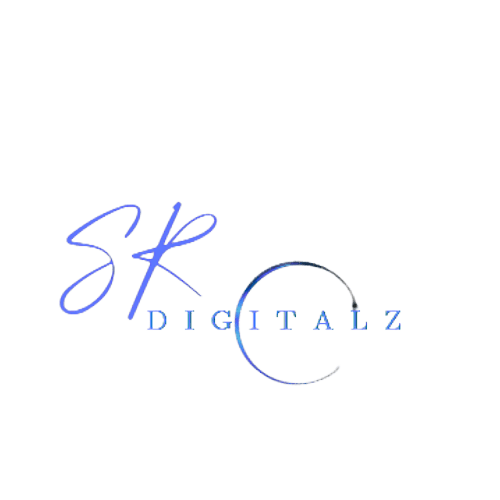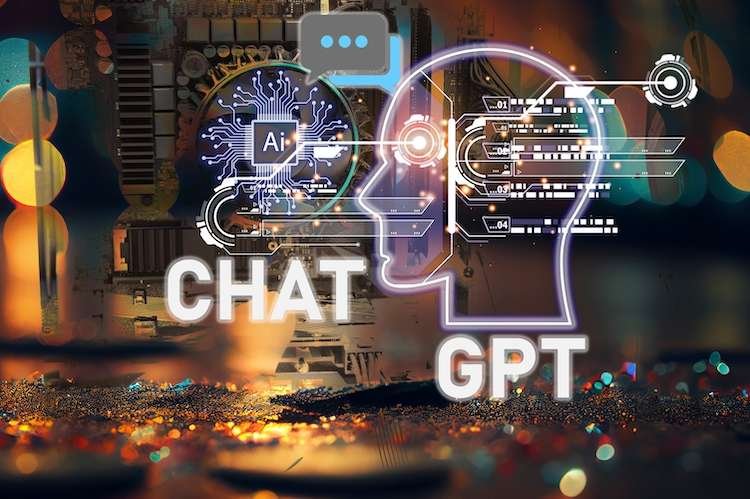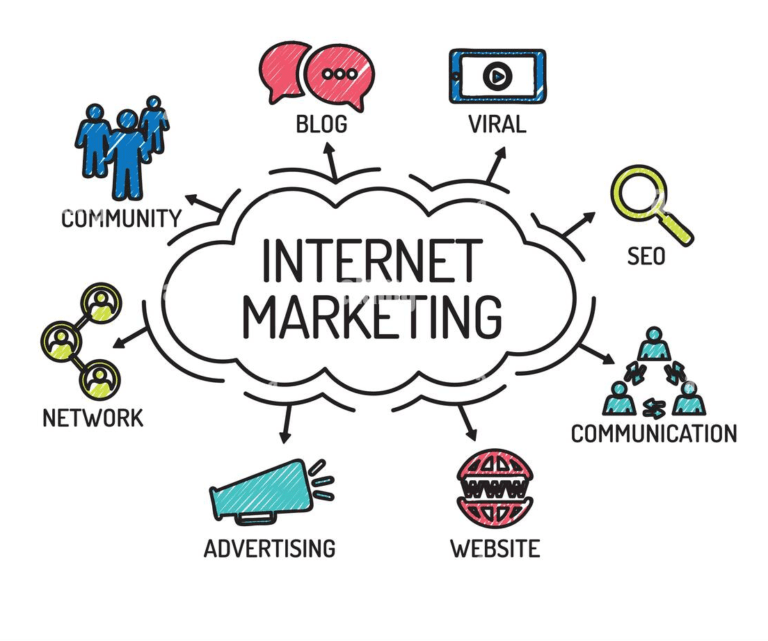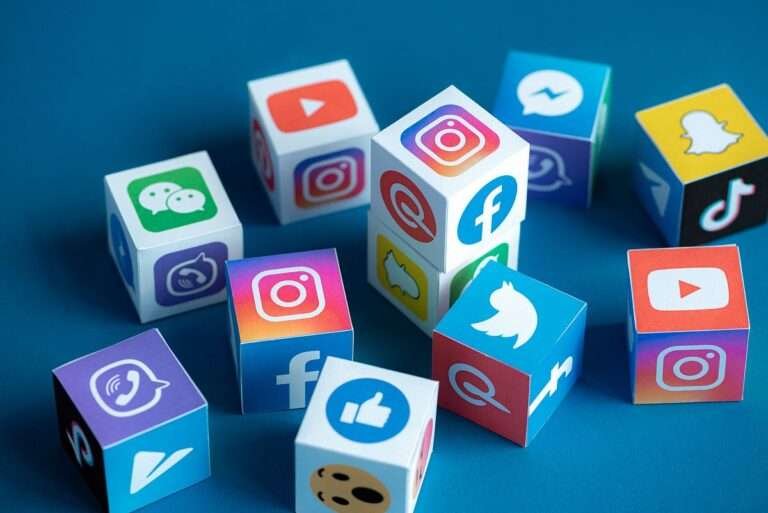ChatGPT vs. Traditional Design Tools: A Comparative Guide for Designers
What is ChatGPT?
With the help of prompts, ChatGPT, an AI language model created by OpenAI, can produce text that appears human. Consider it your creative partner that never runs out of ideas! It is an invaluable tool for any designer’s toolset, helping with everything from content creation to offering design input.

Key Features and Functionalities
- Conversational Interaction: ChatGPT is simple to use and intuitive because it allows you to converse with it in normal English.
- Content Generation: For design tasks, it can generate text, summaries, and even outlines.
- Recommendations and Feedback: ChatGPT is able to examine your designs and offer helpful critiques that are grounded in industry best practices.
Traditional Design Tools: An Overview
For many years, the foundation of the design business has been provided by conventional design programs like Adobe Illustrator and Photoshop. They include powerful features tailored to the needs of graphic design, illustration, and picture editing.
Importance in the Design Industry
These resources are necessary for producing original designs, modifying photos, and producing high-quality visuals. They have a lot of features and a learning curve that takes time and practice to get right.
Comparative Analysis of ChatGPT and Traditional Tools
Ease of Use
ChatGPT is the most user-friendly option available. You don’t have to go through complicated menus to ask queries and get prompt answers because to its conversational design. On the other hand, learning how to use traditional design tools frequently takes hours of practice.
Design Capabilities
Conventional design tools are excellent for creating graphics because they enable complex designs and precise visual adjustments. But ChatGPT excels in coming up with design ideas and helping with written material, so rather than being a direct rival, it’s more of a supplementary tool.
Collaboration Features
Traditional systems like Adobe XD and Figma excel in real-time collaboration, allowing numerous designers to collaborate on projects at once. Although ChatGPT can make recommendations, it does not have the same real-time collaborative capabilities as its competitors.
Practical Applications for Designers
Use Cases for ChatGPT
- Idea Generation: Do you require a novel idea? In accordance with your specifications, ChatGPT can generate design concepts.
- Content Generation: Whether it’s for marketing materials, social media posts, or websites, write engaging copy for your designs.
Use Cases for Traditional Design Tools
- Graphic Design: Use sophisticated editing tools to produce visually beautiful images.
- Image Manipulation: Retouch and improve images for usage in publications.

Cost Comparison
For many designers, traditional design tools can be prohibitively expensive, with subscription fees and high price tags common. On the other hand, ChatGPT is affordable for small enterprises and freelancers, with a variety of pricing choices, including free access.
Integration and Compatibility
Conventional design tools are easily integrated with other industry applications, including collaboration and project management tools. In the meantime, developers can integrate ChatGPT into their apps and workflows thanks to its API features.
Performance and Speed
Traditional tools have a tendency to be resource-intensive and function slowly on less powerful computers. ChatGPT saves a lot of time during brainstorming sessions because it functions rapidly and offers recommendations and responses right away.
Creative Process: AI vs. Human Touch
ChatGPT lacks the human intuition that results from years of design experience, despite its ability to provide original concepts. AI cannot imitate the particular emotions and life experiences that often inspire creativity. Designers ought to see ChatGPT as an aid rather than a substitute for their creative vision.
User Feedback and Community Support
Conventional design tools can have sizable communities offering information, lessons, and assistance. Even though it’s still developing, ChatGPT provides a wealth of documentation and a helpful user base to assist designers in utilizing its features.
Case Studies
Success Stories with ChatGPT
From creating design briefs to creating social media content, designers have remarked that ChatGPT has improved their workflow and enhanced productivity.
Success Stories with Traditional Tools
Many well-known companies attribute their success to the use of conventional design techniques, which enabled them to produce memorable marketing collateral and branding.
Future of Design Tools
Trends in AI Integration
We should anticipate more sophisticated integrations that improve the functionality of conventional design tools as artificial intelligence develops.
Predictions for Traditional Design Tools
Although traditional tools will always be around, they will probably evolve to incorporate AI-powered capabilities that combine the best aspects of both worlds.

Conclusion
There is no obvious winner when it comes to ChatGPT vs. traditional design tools. Each has advantages, and the best option will rely on what you need as a designer. Conventional tools are still essential for graphic design and image editing, even though ChatGPT provides special features for content creation and brainstorming. Designers can achieve new heights with their work by integrating both.
FAQs
What are the best design tools for beginners?
Easy-to-use tools such as Adobe XD for UI/UX design and Canva for graphic design are a good place for novice designers to start.
Can ChatGPT replace traditional design software?
Despite being a strong assistant, ChatGPT cannot take the place of conventional design software because it is not capable of graphic editing.
How can designers integrate ChatGPT into their workflow?
ChatGPT is a tool that designers can use for ideation sessions, content creation, and concept feedback.
What are the limitations of using ChatGPT for design?
Unlike traditional software, ChatGPT might not be able to generate intricate graphic material or grasp certain design details.
Which is more cost-effective: ChatGPT or traditional tools?
While traditional tools may have higher subscription costs, ChatGPT typically provides more economical solutions.







